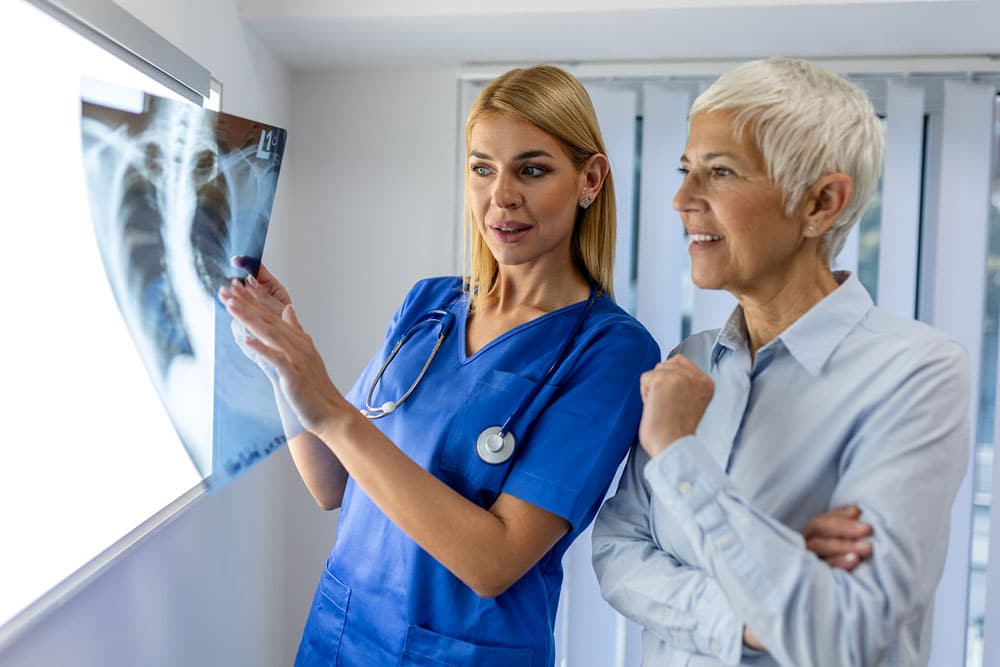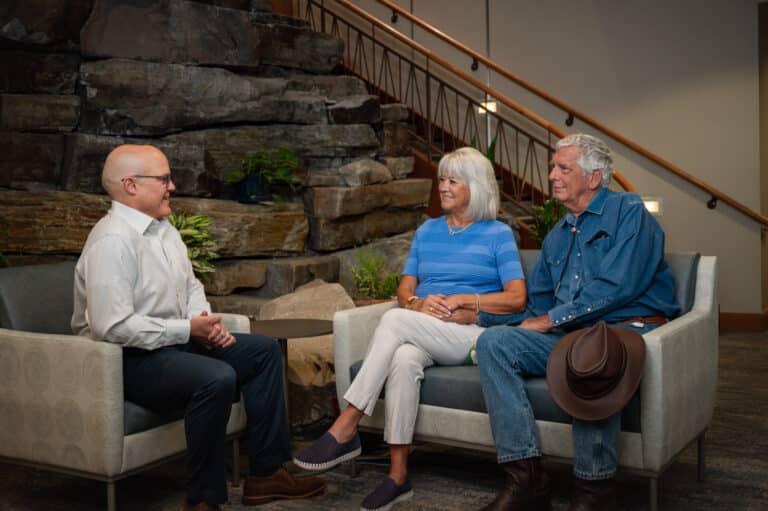Understanding Lung Cancer: Awareness, Prevention, and Early Detection

November is Lung Cancer Awareness Month, a crucial time to educate yourself and others about one of the deadliest cancers in the world. Lung cancer affects hundreds of thousands of people nationally each year. Understanding your risk factors could save your life or the life of someone you love. Keep reading to learn about different prevention strategies and the importance of early detection.
The Reality of Lung Cancer
Lung cancer is responsible for one in five cancer deaths globally, making it one of the leading causes of cancer-related fatalities. According to the American Cancer Society, lung cancer causes more deaths than colon, breast, and prostate cancers combined. The two main types of lung cancer are:
- Non-small cell lung cancer (NSCLC), which accounts for about 85% of lung cancer cases.
- Small cell lung cancer (SCLC) is a more aggressive form, though less common.
For many, lung cancer remains asymptomatic until it reaches an advanced stage, which is why awareness and regular screening are so essential.
Prevention: What You Can Do Today
Prevention starts with lifestyle choices. While it may not be possible to eliminate all risks, there are steps you can take to significantly lower your chances of developing lung cancer.
- Quit Smoking
- Smoking is the leading cause of lung cancer, responsible for about 85% of all cases. The risk increases the longer you smoke, but it’s never too late to quit. Even if you’ve smoked for years, stopping now reduces your risk significantly over time. Ten years after quitting, your lung cancer risk drops by half, according to the Centers for Disease Control and Prevention (CDC).
- Even if you’re not a smoker, exposure to secondhand smoke is also dangerous. Avoid places where smoking is allowed, and encourage your loved ones to quit.
- Avoid Environmental Risks
- Radon, a naturally occurring radioactive gas, is the second leading cause of lung cancer after smoking. In Colorado, it’s estimated that 50% of homes have high radon levels. Radon can seep into your home from the ground, so it’s a good idea to test your house for radon levels. Learn more about how to test your home here.
- Exposure to other carcinogens such as asbestos, arsenic, and diesel exhaust also increases lung cancer risk. If your work environment includes any of these, ensure your employer provides the right safety gear and follow all safety protocols.
- Maintain a Healthy Lifestyle
- Staying active and eating a diet rich in fruits and vegetables helps reduce your overall cancer risk. Although there is no conclusive evidence, some studies suggest that a diet high in antioxidants from fruits and vegetables could offer some protection against lung cancer, especially in non-smokers.
The Importance of Screening
Early detection through screening can save lives. Lung cancer screenings reduce the risk of death by lung cancer by 20% among high-risk groups, according to the American Lung Association.
Who Should Get Screened? You should consider screening if you are:
- Between the ages of 50 and 80
- A current or former smoker (within the past 15 years)
- Someone who smoked a pack a day for 20 years or more
The primary screening method is low-dose computed tomography (LDCT). This non-invasive scan can detect lung cancer in its early stages when treatment is most effective.
What to Expect During Screening
LDCT is quick and painless, taking only a few minutes. You’ll lie on a table while the scanner takes detailed images of your lungs. It doesn’t require special preparation, and the radiation exposure is much lower than a standard CT scan.
What If I’m Not High-Risk?
Knowing your body is essential even if you don’t fall into the high-risk category. Any persistent cough, unexplained weight loss, or shortness of breath should be discussed with a doctor, especially if it lasts more than a few weeks.
Protect Yourself and Your Loved Ones
Lung Cancer Awareness Month serves as a critical time to educate yourself and others about the steps we can take to prevent and detect lung cancer early. Whether you’re a smoker or not, knowing the risk factors, the importance of a healthy lifestyle, and the benefits of early screening is essential.
If you’re unsure about your risk or want more information on lung cancer, talk with your primary care physician. You can also contact Vail Health Shaw Cancer Center with questions or to schedule an appointment with one of our highly-trained cancer specialists.
This article was reviewed by Suzanne Torris, MS, RN, FNP.


